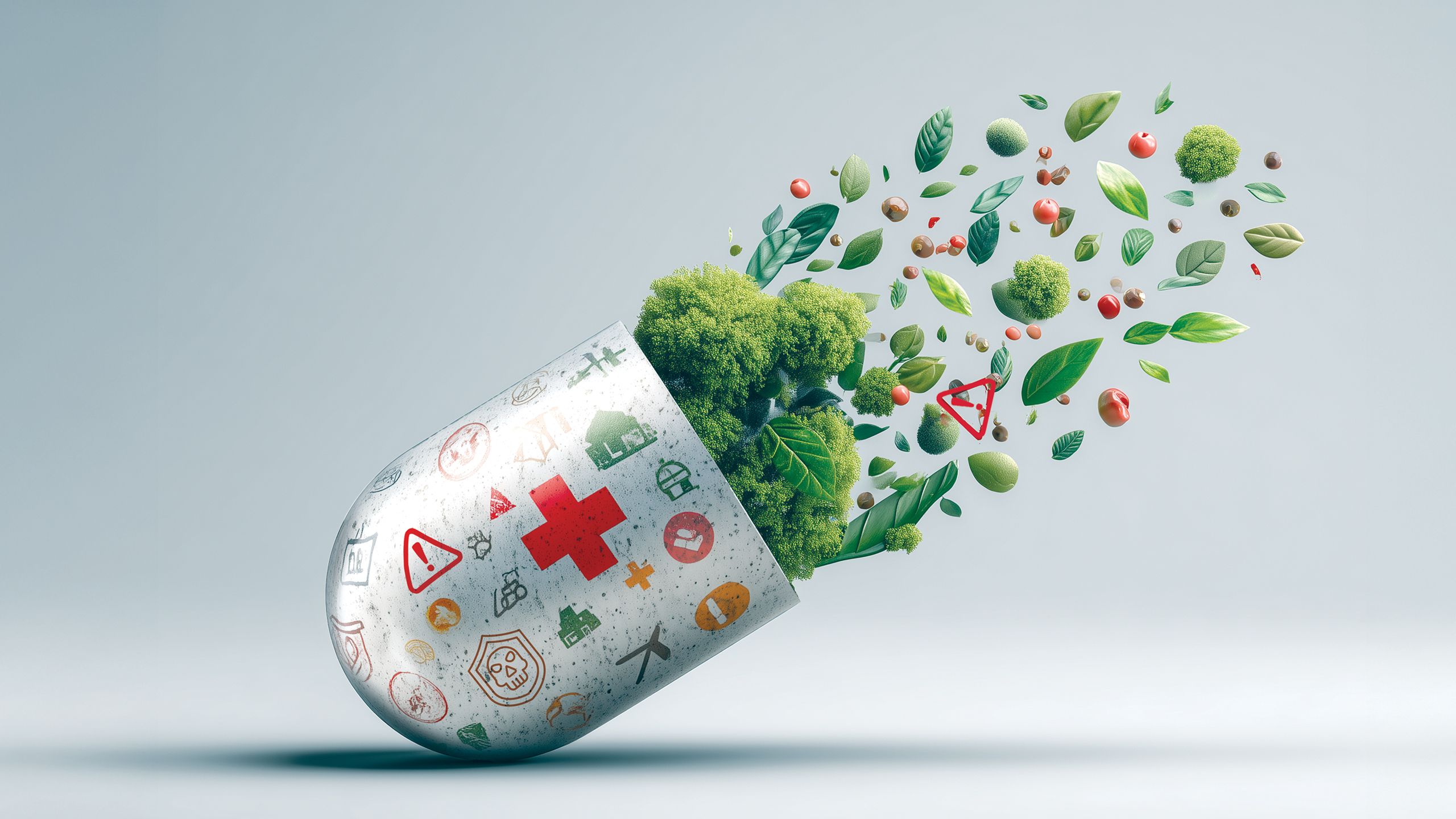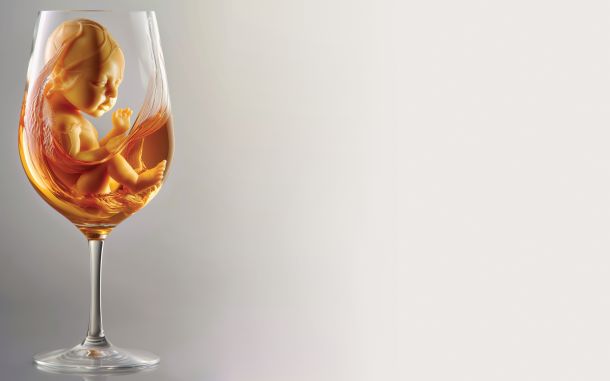Adverse Drug Reactions and Pharmacovigilance

In This Article
-
As scientific disciplines gain independence under the influence of the principle “knowledge for the sake of knowledge,” they become increasingly isolated and alienated from one another.
-
All medicines and vaccines undergo rigorous testing for safety and efficacy through clinical trials. However, the clinical trial process involves studying these products in a relatively small number of selected individuals for a short period of time.
-
Companies must conduct a comprehensive drug safety and pharmacovigilance audit to assess their compliance with worldwide laws, regulations, and guidance.
Medicines and vaccines have transformed the prevention and treatment of diseases. In addition to their benefits, medicinal products may also have side effects, some of which may be undesirable and/or unexpected.
For example, thalidomide was introduced in the late 1950s as a sedative and a treatment for morning sickness in pregnant women. By the early 1960s, reports began to emerge of severe birth defects associated with its use, including phocomelia, a condition characterized by the malformation of limbs. The thalidomide crisis resulted in significant human suffering and marked a turning point in drug regulation. Thalidomide was sold in over 46 countries, with the highest number of cases reported in Germany, the UK, Canada, and Australia. It's estimated that around 10,000 babies were born with thalidomide-related birth defects worldwide. These numbers underscore the profound impact of the thalidomide crisis on public health and drug regulation. The crisis prompted significant changes in drug regulation, leading to the enactment of stricter testing and approval processes, such as the 1962 Kefauver-Harris Amendment in the U.S.
All medicines and vaccines undergo rigorous testing for safety and efficacy through clinical trials before they are authorized for use. However, the clinical trial process involves studying these products in a relatively small number of selected individuals for a short period of time. Certain side effects may only emerge once these products have been used by a heterogenous population, including people with other concurrent diseases, and over a long period of time (Figure).

Figure. Overview of investigation into drug safety in the United States.
· Medicines may affect the body in unintended, harmful ways. These effects, called side effects, adverse events or adverse reactions, represent the risks of taking medication. An adverse drug reaction (ADR) can be defined as ‘an appreciably harmful or unpleasant reaction resulting from an intervention related to the use of a medicinal product; adverse effects usually predict hazard from future administration and warrant prevention, or specific treatment, or alteration of the dosage regimen, or withdrawal of the product.’ Since 2012, the definition has expanded to include reactions resulting from errors, misuse, or abuse, as well as suspected reactions to unlicensed or off-label uses of medicines, in addition to those occurring with authorized use at normal doses. Adverse drug reactions have been observed and monitored for many years: In 1937, 107 deaths, many in children, occurred in the United States from the use of a cough syrup that used diethylene glycol as a solvent. This event led to the 1938 Food, Drug, and Cosmetic Act, which for the first time required proof of safety prior to marketing.
· In 1955, over 40,000 children developed abortive polio (51 of whom were permanently paralyzed) and five died from a polio vaccine made by Cutter Laboratories that was not effectively inactivated during manufacturing. The incident also sparked a polio epidemic in the families and communities of those immunized with the defective vaccine, leading to an additional 113 people who were paralyzed and five more deaths. In ensuing law suits, it was determined that pharmaceutical companies could be held liable for harm from their products even if there was no negligence.
· In 1961, more than 10,000 children worldwide were born with severe birth defects (phocomelia) due to in utero exposure to thalidomide, a drug that had been used to treat pregnancy-related nausea. Even though thalidomide had not been released in the United States, this event led to the Kefauver–Harris Amendment, which strengthened the requirements for safety testing and for the first-time required proof of efficacy prior to a drug being marketed. This public health disaster also spurred the development of formal spontaneous reporting systems for pharmacovigilance, which are still the primary method of identifying safety issues in approved medications.
· In the 1970s, it was discovered that diethylstilbestrol caused clear cell adenocarcinoma of the cervix and vagina in women exposed in utero decades earlier.
· In 1984, psoralen and ultraviolet A (PUVA) was definitively linked to an increased risk of squamous cell carcinoma, approximately 10 years after the first description of PUVA therapy for psoriasis. It took over 20 years to establish a link between PUVA and melanoma, which remains controversial.
· Of drugs approved by the US Food and Drug Administration (FDA) between 1996 and 2012, one-third received boxed warnings and more than 40% of these drugs acquired the warning a median time of 4 years after approval.
· Since 2000, many of the prescription drugs removed from the market include classes of medications that are commonly prescribed, such as antihistamines (e.g., terfenadine), nonsteroidal anti-inflammatory agents (rofecoxib, valdecoxib), antibiotics (trovafloxacin), lipid-lowering medications (cerivastatin), and an immunosuppressant for the treatment of psoriasis (efalizumab).
· Between 2008 and 2015, 29% of boxed warnings issued to drugs on the US market were new and 32% were major updates to previous warnings.
· The incidence of adverse drug reactions has remained relatively unchanged over time, with research suggesting that between 5% and 10% of patients may suffer from an ADR at admission, during admission or at discharge, despite various preventative efforts.
· In 2012, McKinsey & Company estimated that the cost of 50 to 100 million preventable, error-related adverse drug events ranged from $18 billion to $115 billion.
It is important to quickly identify new risks or changes to known risks associated with the use of medicines. Timely actions must be taken to minimize these risks, maximize the benefits, and promote the safe and effective use of medicines by patients. These activities are collectively known as pharmacovigilance.
Pharmacovigilance, also known as drug safety, is the pharmaceutical science concerned with the "collection, detection, assessment, monitoring, and prevention" of adverse effects associated with pharmaceutical products. The term “pharmacovigilance” is derived from the Greek wordpharmakon(meaning drug) and the Latin wordvigilare(to keep watch). As such, pharmacovigilance focuses primarily on adverse drug reactions, defined as any noxious and unintended response to a drug, including lack of efficacy. Medication errors—such as overdose, misuse, abuse, and drug exposure during pregnancy or breastfeeding—are also of interest, even when no adverse event has occurred, due to their potential to result in harm.
In recent years, the scope of pharmacovigilance has expanded to include:
· Herbals
· Traditional and complementary medicines
· Blood products
· Biologicals
· Medical devices
· Vaccines
Many other issues are also relevant to the science of pharmacovigilance, including:
· Substandard medicines
· Medication errors
· Reports of lack of efficacy
· Use of medicines for unapproved indications with insufficient scientific support
· Case reports of acute and chronic poisoning
· Assessment of drug-related mortality
· Abuse and misuse of medicines
· Adverse interactions between medicines and chemicals, other drugs, or food
Pharmacovigilance activities include:
- Collecting and managing data on the safety of medicines
- Looking at the data to detect "signals" (any new or changing safety issue)
- Evaluating the data and making decisions with regard to safety issues
- Pro-active risk management to minimize any potential associated risks
- Acting to protect public health (including regulatory action)
- Communicating with and informing stakeholders and the public
- Audit of the outcomes and key processes involved.
The specific aims of pharmacovigilance are to:
· Improve patient care and safety in relation to the use of medicines and all medical and paramedical interventions
· Enhance public health and safety concerning the use of medicines
· Contribute to the assessment of the benefits, harms, effectiveness, and risks of medicines, thereby encouraging their safe, rational, and more effective—including cost-effective—use
· Promote understanding, education, and clinical training in pharmacovigilance, along with effective communication to the public
Information received from patients and healthcare providers via pharmacovigilance agreements, as well as other sources such as the medical literature, plays a critical role in providing the data necessary for pharmacovigilance to take place. In order to market or to test a pharmaceutical product in most countries, adverse event data received by the license holder (usually a pharmaceutical company) must be submitted to the local drug regulatory authority.
Ultimately, pharmacovigilance is concerned with identifying the hazards associated with pharmaceutical products and with minimizing the risk of any harm that may come to patients. Companies must conduct a comprehensive drug safety and pharmacovigilance audit to assess their compliance with worldwide laws, regulations, and guidance.
The activity that is most commonly associated with pharmacovigilance and which consumes a significant number of resources for drug regulatory authorities (or similar government agencies) and drug safety departments in pharmaceutical companies, is that of adverse event reporting. Adverse event reporting involves the receipt, triage, data entry, assessment, distribution, reporting (if appropriate), and archiving of adverse event data and documentation. The source of adverse event reports may include spontaneous reports from healthcare professionals or patients, solicited reports from patient support programs, reports from clinical or post-marketing studies, reports from literature sources, reports from the media (including social media and websites), and reports reported to drug regulatory authorities themselves. For pharmaceutical companies, adverse event reporting is a regulatory requirement in most countries. This reporting also provides data to these companies and drug regulatory authorities that play a key role in assessing the risk-benefit profile of a given drug.
Organizations such as World Health Organization (WHO), International Council for Harmonization (ICH), The Council for International Organizations of Medical Science (CIOMS), and International Society of Pharmacovigilance play a key collaborative role in the global oversight of pharmacovigilance.
The number of National Centers participating in the WHO International Drug Monitoring Program has grown from 10 in 1968, when the program began, to 67 in 2002, and continues to increase. The centers vary considerably in size, resources, support structure, and scope of activities. Collecting spontaneous reports of suspected adverse drug reactions remains their core activity.
In conclusion, maintaining balance in life is essential in all aspects. The usefulness of almost anything can diminish and even become harmful when used excessively. Although medicines play a vital role in healthcare, their effects must be closely monitored to prevent potential adverse events. In addition, with the rapid spread of drug information worldwide—especially highlighted during the COVID-19 pandemic—there is a growing need for routine and timely communication between National Centers and national regulatory authorities. Many regulatory bodies across different regions have established strong collaborations to share safety data, discuss regulatory decisions, and align on policies. Regular dialogue and coordination among National Centers are crucial to ensuring the safe and effective use of medicines.
References
1. https://www.who.int/teams/regulation-prequalification/regulation-and-safety/pharmacovigilance
2. Offit P. The Cutter incident, 50 years later. N Engl J Med. 2005;352(14):1411–1412.
3. Talbot JC, Nilsson BS. Pharmacovigilance in the pharmaceutical industry. Br J Clin Pharmacol. 1998 May;45(5):427-31. doi: 10.1046/j.1365-2125.1998.00713.x. PMID: 9643613; PMCID: PMC1873545.
4. Solotke MT, Dhruva SS, Downing NS, Shah ND, Ross JS. New and incremental FDA black box warnings from 2008 to 2015. Expert Opin Drug Saf. 2018;17:117–123.
5. Coleman JJ, Pontefract SK. Adverse drug reactions. Clin Med (Lond). 2016 Oct;16(5):481-485. doi: 10.7861/clinmedicine.16-5-481. PMID: 27697815; PMCID: PMC6297296.
6. Ebel T, George K, Larsen E, Neal E, Shah K, Shi D (October 2012). "Strength in unity:The promise of global standards in healthcare" (PDF). gs1.org. McKinsey & Company.









